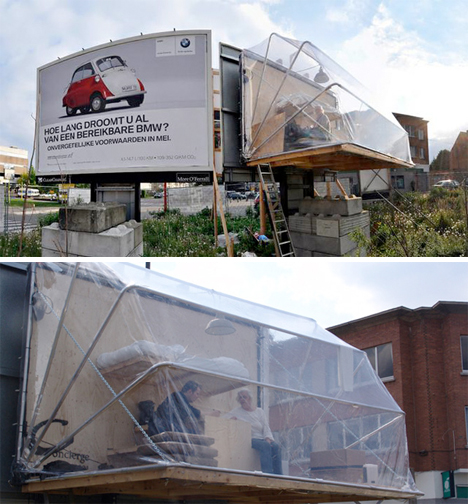

The air crew was forced to cut loose its valuable cargo before it pulled down the aircraft. The Marine UH-34 Seahorse sent to retrieve the capsule could not lift the waterlogged vehicle. After a water landing on 21 July 1961, the hatch on Virgil “Gus” Grissom’s Liberty Bell 7 opened prematurely, and the ocean rushed into the capsule’s tiny interior. It was not a perfect performance, of course. This was demonstrated multiple times with considerable success. The helicopter could reach a landing area faster than a surface ship, and with winch, hook, and cable, lift a capsule right out of the drink. NASA capsules were initially retrieved by Navy destroyers, but it was the helicopter, which specialized in search and rescue (SAR), that offered some of the best results for spacecraft recovery.

Navy’s greatest contributions to these endeavors came in the form of major recovery efforts at sea, to track and recover both spacecraft and spaceman after a “splash down” in the ocean. Department of Defense provided rocket technology, communications, training, and legions of personnel to augment NASA operations. The military’s contributions to manned spaceflight did not come merely from a pool of combat and test pilots who volunteered for the adventure of a lifetime.

The United States Armed Forces and National Aeronautics and Space Administration (NASA) had enjoyed a prosperous relationship since the early days of the Mercury program. They knew it would land in an area plus or minus 25 miles, but not its exact location. They were looking for the Apollo 7 command module, a spacecraft the size of a truck, which had only just fallen from Earth’s upper atmosphere to the sea below. Only last year, they had deployed to the choppy North Atlantic in search of Soviet submarines. Strapped into their flight seats, Commander Edward Skube and Lieutenant Don Broderick filtered out the thwack-thwack-thwack of the windshield wipers and focused on their instruments. Heavy rain slapped the cockpit windows of the SH-3A Sea King helicopter, adding another element to an already tricky mission. A Navy pilot on the 50th anniversary of the recovery mission. A good place to start is /ROS/Tutorials/BuildingPackagesįor application support, please contact. The instructions on the wiki are very thorough on walking a developer through the steps. All external dependencies have been removed, so a beginner should be able to accomplish it without too many complications.
OMNIPRESENCE RADAR DRIVER
You can also download the driver as source code and build it yourself.
OMNIPRESENCE RADAR INSTALL
So, for example, if you are running with ROS "melodic" and are not logged in as root, you could issue the command sudo apt install ros-melodic-radar-omnipresense Namely, apt install ros- distro-radar-omnipresense.
OMNIPRESENCE RADAR DRIVERS
Subsequently, the standard way of installing drivers works for the radar omnipresense driver. The radar_omipresense driver is built automatically by the ROS build farm. The OPS243-C provides both range and speed information and is also supported. The OPS241 is a development kit with more flexible firmware operation while the OPS242 (Doppler) and OPS243-A (Doppler) carry full FCC/CE modular regulatory approval. The packages supports the OPS241, OPS242, and OPS243 radar sensors. Radar_omnipresense, a ROS module for the OmniPreSense radar sensor The full API Interface documentation (AN-10) is available at. OPS241/OPS242 radar sensors can be purchased from OmniPreSense. Please see the individual packages within this stack for documentation.


 0 kommentar(er)
0 kommentar(er)
